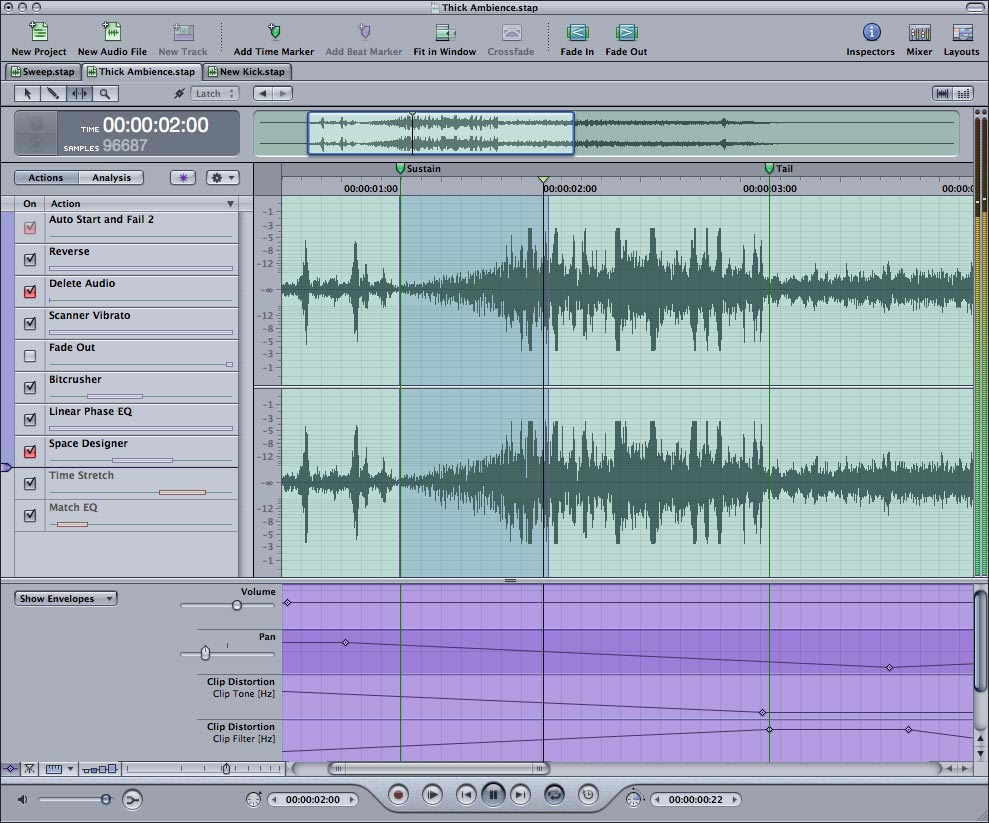Below is an example of a production designer Job Specification Sheet that may be found in a media job newspaper or media job website.
Production Designer

Genre: Drama – Drama
Working Area: Scotland
Location: Edinburgh
Contract Duration: 6 weeks
Application Deadline: 25/11/07
Salary: £16 an hour (40 hour week)
Job Description: ITV Drama, 6 week attachment
Job Specification: Production designers are responsible for the visual concept of a film, television, or theatre production. Working closely with the director and producer, they realise a design style for sets, locations, graphics, props, lighting, camera angles and costumes. Once the concept is decided, designers usually appoint and manage an art department, which includes a design and construction team. They often form a strong partnership with a particular director with whom they may work on many productions.
Obviously, in this role you will be required to create a suitable visual concept for a television drama. This job is open to young designers with new ideas and potential and must also be seen as an opportunity to gain valued work experience.
Competencies:
Reading scripts to identify factors indicating a particular visual style. Must show an ability to dram meaning from the text and narrative to build a suitable production scape.
Considering the production brief (which may be written or oral). Must have good listening skills and a good knowledge of production techniques.
Meeting the producer and director to discuss concepts and production requirements. Good people skills are essential, you must be able to keep in constant suitable contact with the director and producers.
Researching art history, background politics and historical information and producing design ideas. Creative ability is essential. You must be able to reference culture which applies to the script to help bring meaning to the drama.
Planning and monitoring the design budget. Must be able to manage a design budget keeping in mind maximum spendature and necessary budget for seperate departments.
Providing scale drawings or models for studio or theatre sets. A background in production design or graphic design would be helpful but not essential. You must be able to create models and drawing to help pre-visualise the final effect.
Producing design ideas for costumes, wigs, props, special effects, make-up, and graphics. All aspects of design must be catered for.
Identifying and assessing potential studios and locations. Must display a good knowledge of studio environment and studio capabilities.
Sourcing appropriate materials and researching effects. Must show competency in research and knowledge of materials used in production design and construction.
Presenting ideas to others involved in the production, such as actors and camera operators. Good communication skills are essential, you must be able to deliver your ideas clearly and professionally.
Researching, estimating and preparing a property list. You must show skills in other aspects of the productions such as properties.
Hiring and managing an art department team or teams. Managerial and administrative skills are necessary to lead a team and run a department.
Instructing the set construction company, scenic artists and special effects specialists, and monitoring their work. Again managerial roles and good leadership is important.
Liaising with the costume designer, director of photography, and props, lighting and sound director. Be able to build a professional relationship with other departments and work with them to create desired effect.
Attending progress meetings and being present during rehearsals and at filming to advise on visual presentation. Be helpful and on hand to answer questions relating to design.
 Well ladies and gents this is (I believe) my last post detailing my course at Bath Spa University. I've found this blog difficult to maintain at times to the point where I'd sell my soul to put my posts into a nice format or be able to upload a picture where I want it to go...But, I've also quite enjoyed it. It's nice to see work I've done up on the internet; it's nice to see a structure forming in my posts and it's nice to know how to Hyper link.
Well ladies and gents this is (I believe) my last post detailing my course at Bath Spa University. I've found this blog difficult to maintain at times to the point where I'd sell my soul to put my posts into a nice format or be able to upload a picture where I want it to go...But, I've also quite enjoyed it. It's nice to see work I've done up on the internet; it's nice to see a structure forming in my posts and it's nice to know how to Hyper link.











